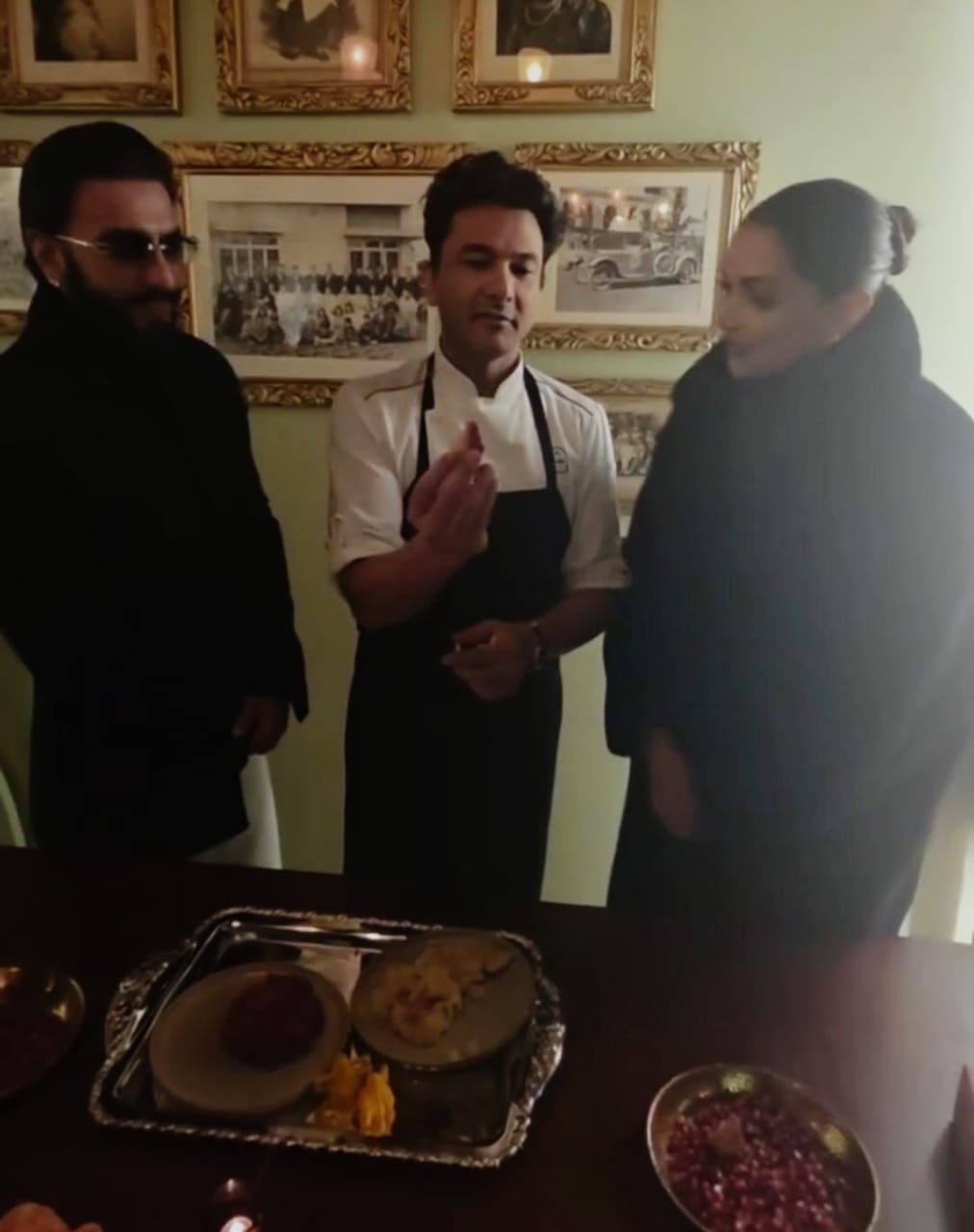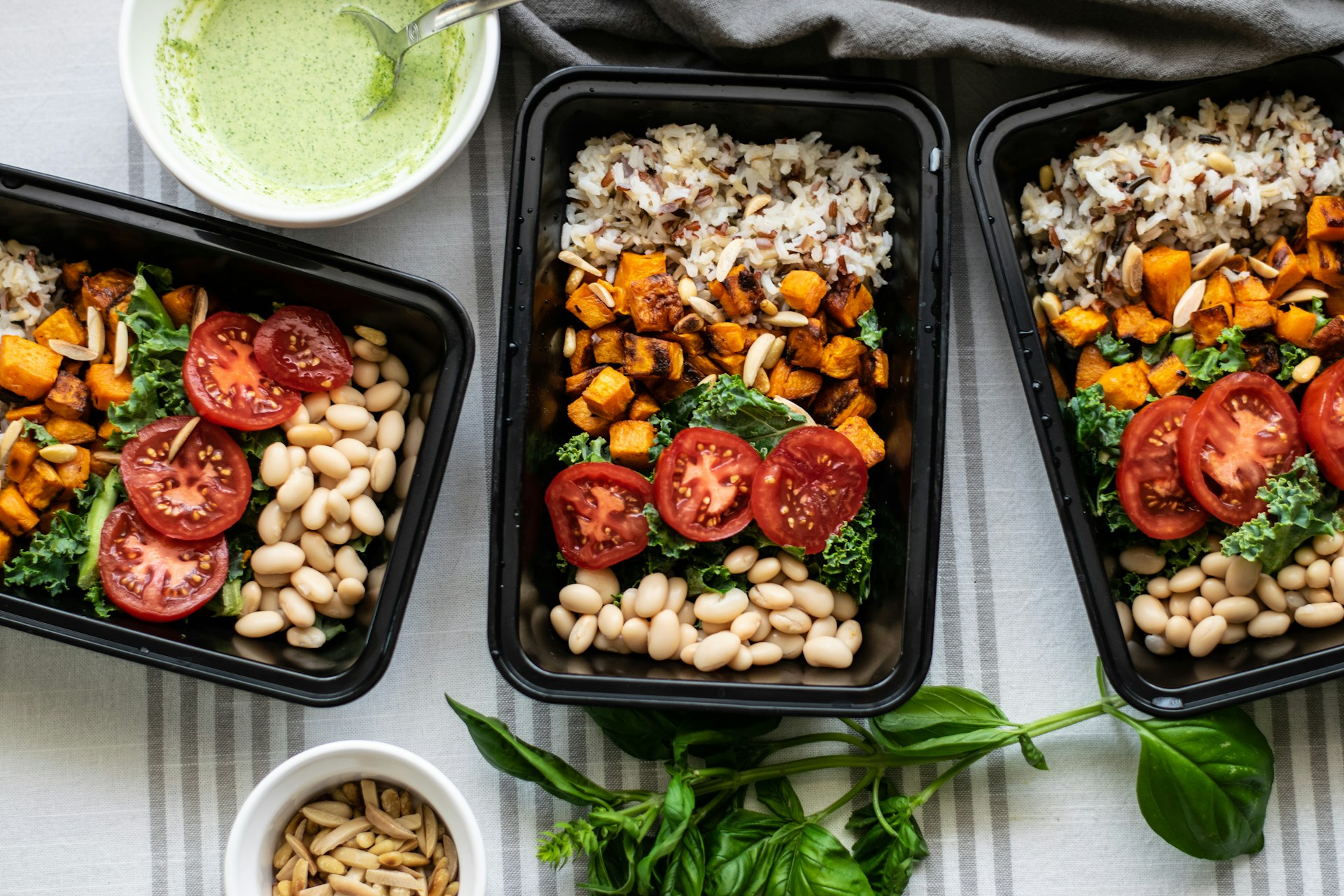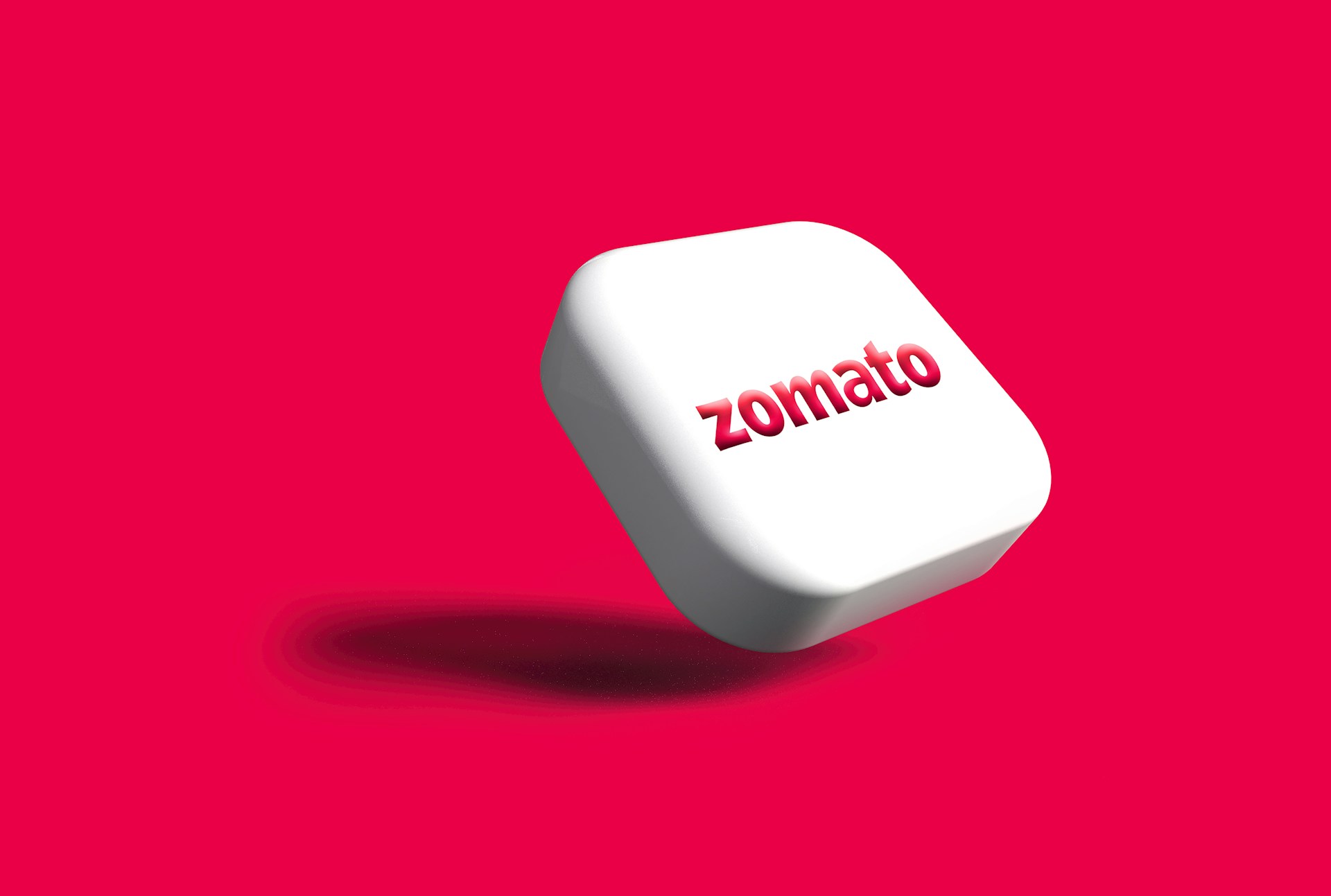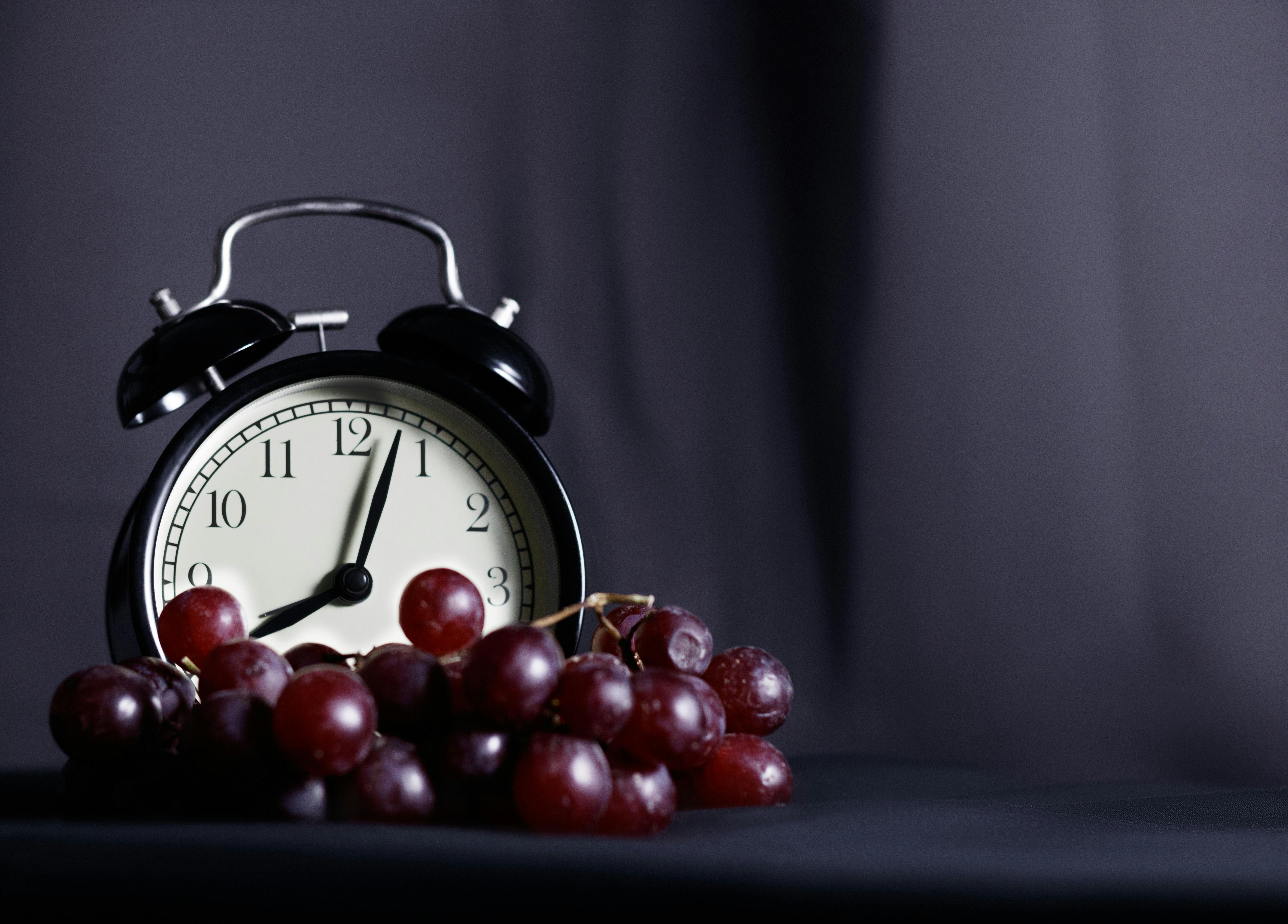If you have ever wanted to prepare a meal of kangaroo brains fried in emu fat with a side dish of roasted wombat, there's a cookbook in Australia just for you. The "English and Australian Cookery Book" - hailed as the country's first recipe book using native ingredients - has gone on show in the southern state of Tasmania, 150 years after it was first published.One recipe reads: "Pan Jam: Roast kangaroos' tails in the ashes with the skin on; when nearly done, scrape them well, and divide at the joints. Then put them in a pan with a few slices of fat bacon, to which add a few mushrooms, pepper etc. Fry gently and serve. First-rate tack."The recipe's author Edward Abbott compiled the book in the mid-1800s during a period of financial hardship in the hope it could earn him a quick buck, said Ross Latham, who manages the Tasmanian Archive and Heritage Office. Other recipes in the book - which had the subtitle "cookery for the many, as well as for the 'upper ten thousand'" - included "Slippery Bob", a dish of kangaroo brains fried in emu fat, and one for roast emu, which Abbott said tasted like coarse beef.
But while Abbott was able to get the book published, it failed to generate any interest and he died soon after without the monetary gain he hoped for, Latham said. He added that the book, which is on display at the Allport Library and Museum of Fine Arts in Tasmania's capital Hobart until August, was a reflection of the challenges early settlers and convicts faced in Van Diemen's Land -- Tasmania's original name."In the early days of white colonialism in Van Diemen's Land, because agriculture took a lot of time to blossom - as in be sustainable, the convicts for example were out there pretty much fending for themselves and so the whole notion of eating local wildlife wouldn't have been that uncommon," Latham said.The Allport family, which bequeathed the building where the museum displaying the cookbook is based, were also pioneers of native cuisine, the archivist said, adding that the exhibition was named after one family recipe called "stuffing the porcupine". "They cooked an echidna and Mary Allport wrote it in her journal as 'stuffing the porcupine'. She used a Scottish cookbook that she brought out from England with her and she described it as tasting like suckling pig," Latham said.Australia is home to a unique array of animals not found anywhere else in the world, including koalas, echidnas, dingos, platypuses and wombats.
But while Abbott was able to get the book published, it failed to generate any interest and he died soon after without the monetary gain he hoped for, Latham said. He added that the book, which is on display at the Allport Library and Museum of Fine Arts in Tasmania's capital Hobart until August, was a reflection of the challenges early settlers and convicts faced in Van Diemen's Land -- Tasmania's original name."In the early days of white colonialism in Van Diemen's Land, because agriculture took a lot of time to blossom - as in be sustainable, the convicts for example were out there pretty much fending for themselves and so the whole notion of eating local wildlife wouldn't have been that uncommon," Latham said.The Allport family, which bequeathed the building where the museum displaying the cookbook is based, were also pioneers of native cuisine, the archivist said, adding that the exhibition was named after one family recipe called "stuffing the porcupine". "They cooked an echidna and Mary Allport wrote it in her journal as 'stuffing the porcupine'. She used a Scottish cookbook that she brought out from England with her and she described it as tasting like suckling pig," Latham said.Australia is home to a unique array of animals not found anywhere else in the world, including koalas, echidnas, dingos, platypuses and wombats.
Advertisement










